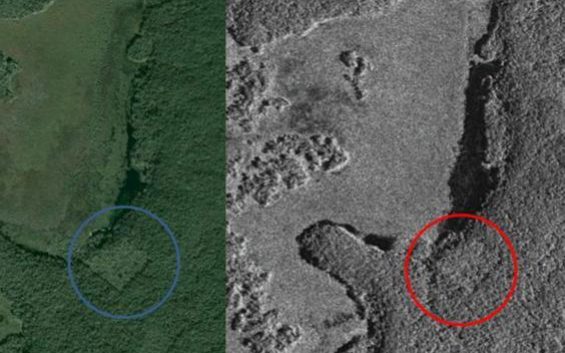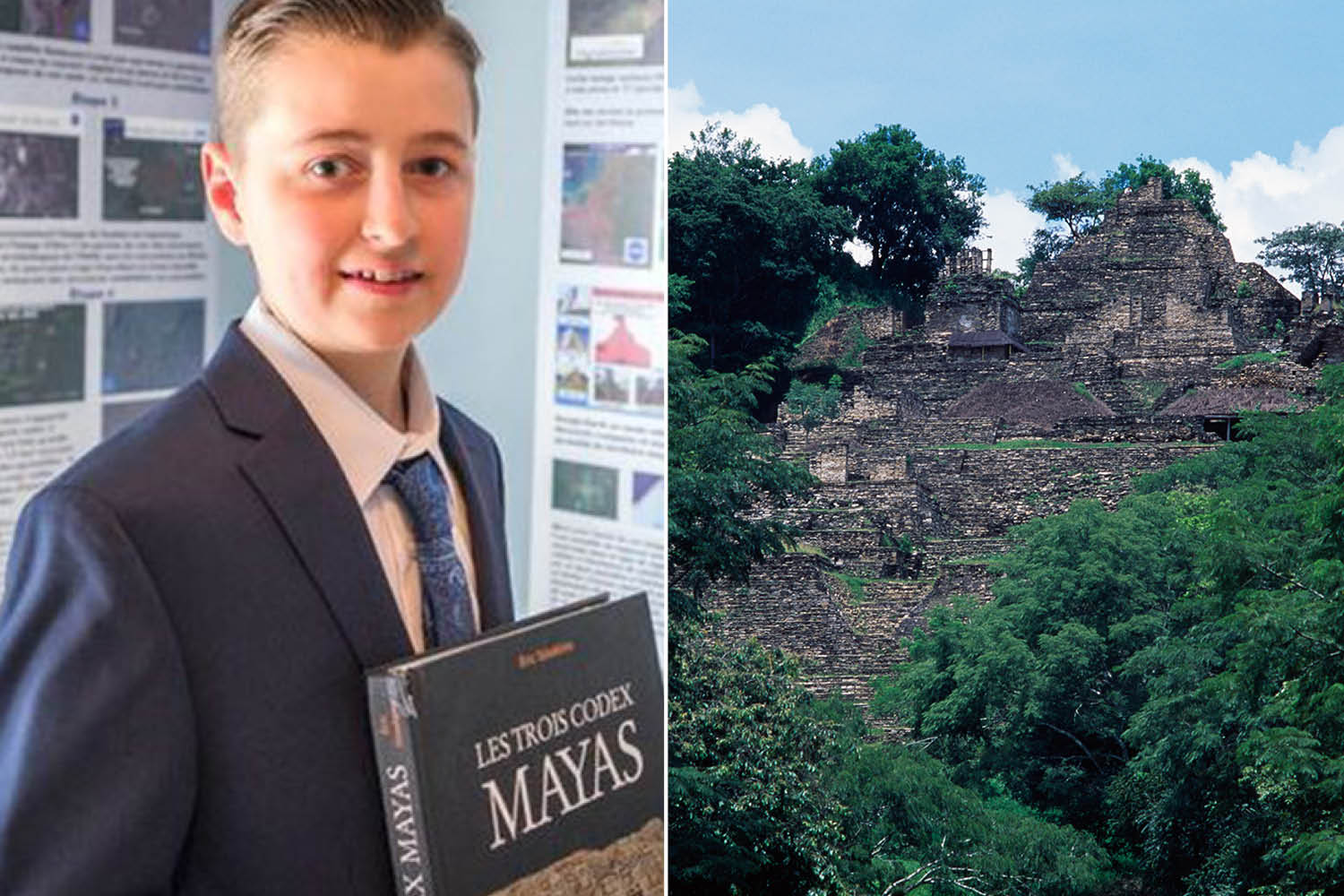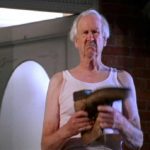by Lina Bryce
Captivated by the ancient Central American civilization,William Gadoury, 15, would succeed in what no scientist has yet been able to achieve. He would be the first to discover a lost Mayan city.
The fifteen-year-old Canadian student first became interested in the Mayans after reading about their predictions that the world would end in 2012. From that point on, William would spend the next three years culminating research on the Mayan civilization and studying the constellations and maps of the known locations.
After studying 22 different constellations, William matched the location of 117 Mayan cities throughout Mexico, Guatemala, Honduras, and El Salvador when he made the shocking revelation.
When he applied the 23rd constellation he realized that two of the stars already had cities linked to them, but not the third star.
Armed only with his three years of accumulated knowledge and Google Maps, he theorized that there must be another city hidden beneath the thick jungles of the Yucatan Peninsula in Mexico.
With the cooperation of the Canadian Space Agency, who agreed to direct their satellite telescopes on the presumed location, they would ultimately provide photos of what looked like an ancient Mayan pyramid and dozens of smaller structures around it.

If the satellite photographs are verified, the city would be among the largest Mayan population centers ever discovered, according to The Telegraph.
“I was really surprised and excited when I realized that the most brilliant stars of the constellations matched the largest Maya cities,” he told the Journal de Montréal. William was given the privilege of naming the new city and he chose the name, K’aak Chi, which means Fire Mouth.
Unfortunately, reaching the city will not be that simple. It is one of the most inaccessible, remote areas of Mexico and an archaeological mission would be an expensive one, reports The Telegraph.
“It’s always about money. Expedition costs are horribly expensive,” said Dr. Armand LaRocque, a specialist at the University of New Brunswick.
William is hoping that he may visit the location to see his discovery, in the flesh.
“It would be the culmination of my three years of work and the dream of my life,” he said.




